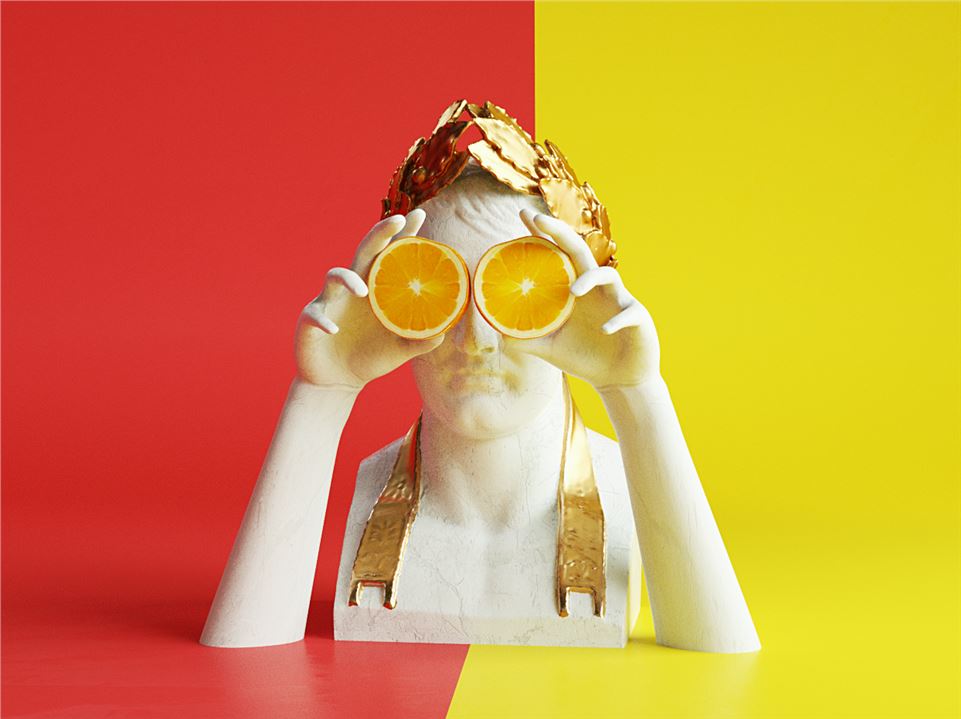CoolTool Blog

Users' Attention: How Eye Tracking Improves Advertising
For the last twenty years, we have heard that a "new economy" is about to supplant the old ways of trading in material goods - an economy whose attention would be the first scarcity and the most valuable source of value (What is attention economy?). How does eye tracking help secure the audience's attention now that attention is the most considered commodity in this era?
First of all, we need to know what eye tracking is and how it affects and stimulates marketing. From neuroscience to sociology, from software creation to ethical philosophy, a wide variety of disciplines are convened here to illuminate the economics of attention from multiple critical perspectives, and eye-tracking is a well-considered necessity when studying human attention.
What is eye tracking?
Eye tracking is a method of recording the movement and intensity of the gaze when the person watches something. Eye tracking can be used in many industries, for example, for simulation tools (road safety, human-machine interface improvement, etc.).
In advertising and attention capturing, eye-tracking can identify hot areas where the gaze stops, the person's interests. We know, for example, that on a web page conventionally structured, the eye consults the page with a structure in F related to content and navigation.
In advertising in transport (metro, station), eye-tracking would have observed that a digital billboard (video screen) is four times more watched than a conventional billboard. This technology is used by advertising agencies, marketing agencies, or creative studios during the validation or auditing phase to assess the visual efficiency of the display to get maximum audience attention where there are many other rival information and attention seekers.
Digital and mobile marketing
Eye tracking complements declarative methods and clicks statistics on e-commerce sites, banner ads, emails and newsletters, and advertising inserts in video games. By analyzing the eye course, it is possible to quantify the visual efficiency of a digital campaign to choose the best communication channels.
It is now easy to study compared with eye tracking how a consumer "interacts" with advertising solicitations on different screens such as laptops, screens, or mobile devices (smartphone, tablet) (How To Do Usability and UX Testing for Mobile App). The methodology thus makes it possible to highlight the differences in perception of the communications according to the size of the screens and adapt them if necessary. This will be of help in improving consumer loyalty to a brand which is the key focus of the attention economy.
The eye path and the heat map on a website are indicative of what is now called "banner blindness", the behavior of the user to selectively hide the banner advertising. Thanks to the precise and detailed information of the glance course, the communication specialist can then optimize the location of the messages and the layout of the web page.
Print Advertising
Printed advertising producers often use eye tracking in their creative process to determine if their graphic choices actually capture the eye. They also evaluate the effectiveness of advertising inserts when mixed with other elements in a magazine, newspaper, commercial brochure, or catalog.
A well-designed ad can increase attention and interest, plus impact readership, persuasion, and brand recall.
You can, for example:
• Evaluate how key elements such as the logo or a particular promotion are viewed.
• Determine how your brand is perceived in a catalog or editorial featuring competing products.
Applications of eye tracking in digital marketing and attention economy
On a website (6 Ways Eye Tracking Can Improve Your Website Usability), on a mobile application, on an email ..., some elements must hold the attention of the user: the call buttons, banner ads, a shopping cart, a number of the phone, an important tab for conversion, a logo ... If he does not see them, the user does not perform the task that the advertiser has planned for him.
Thanks to the eye tracking studies, we will be able to determine what elements were seen, in what order, how many times, how long ... and which elements were not seen at all. It is considered that the eye sweeps in just 10 seconds the homepage of a website and that they are sufficient for the user to get an idea of the content. What is happening in this very short period of time?
In absolute terms, an eye tracking study should help improve the ergonomics of the site and, consequently, the surfing comfort of the user. All that is, during the 10 seconds when it looks at the web page, the user makes the decision to continue its navigation and that it follows the conversion tunnel as well as possible.
Thanks to eye tracking, we will be able to identify:
• Fixation points: what really holds the user's attention (Eye Tracking Metrics: What are They and What They Say)
• Visibility problems: what's out of sight
• Difficulties of comprehension: that searched the user for a long time, sometimes without never finding it
The results thus obtained will make it possible to optimize the marketing creation submitted to the eye tracking test. To be precise, their interpretation must involve other data. Indeed, the habits of Internet users tend to distort the results, for example, on a site already known, on a page of search results... Eye tracking thus generally intervenes incomplete user tests.
Read also
AI-Powered Webcam-Based Eye Tracking Launches In Beta Version
3 Newest Examples of Neuromarketing Ad Studies That Marketers Can't Afford to Miss
How To Do Usability and UX Testing for Mobile App

